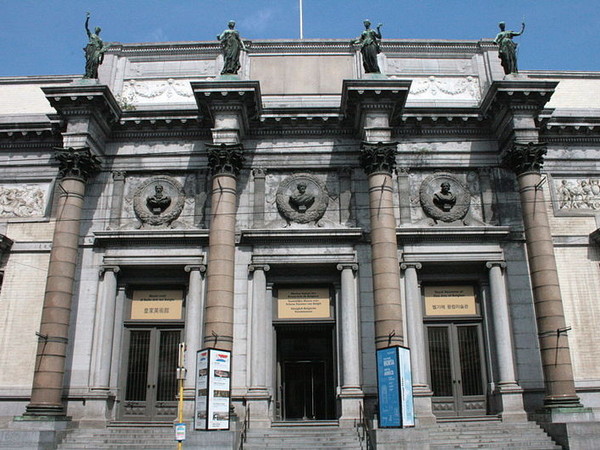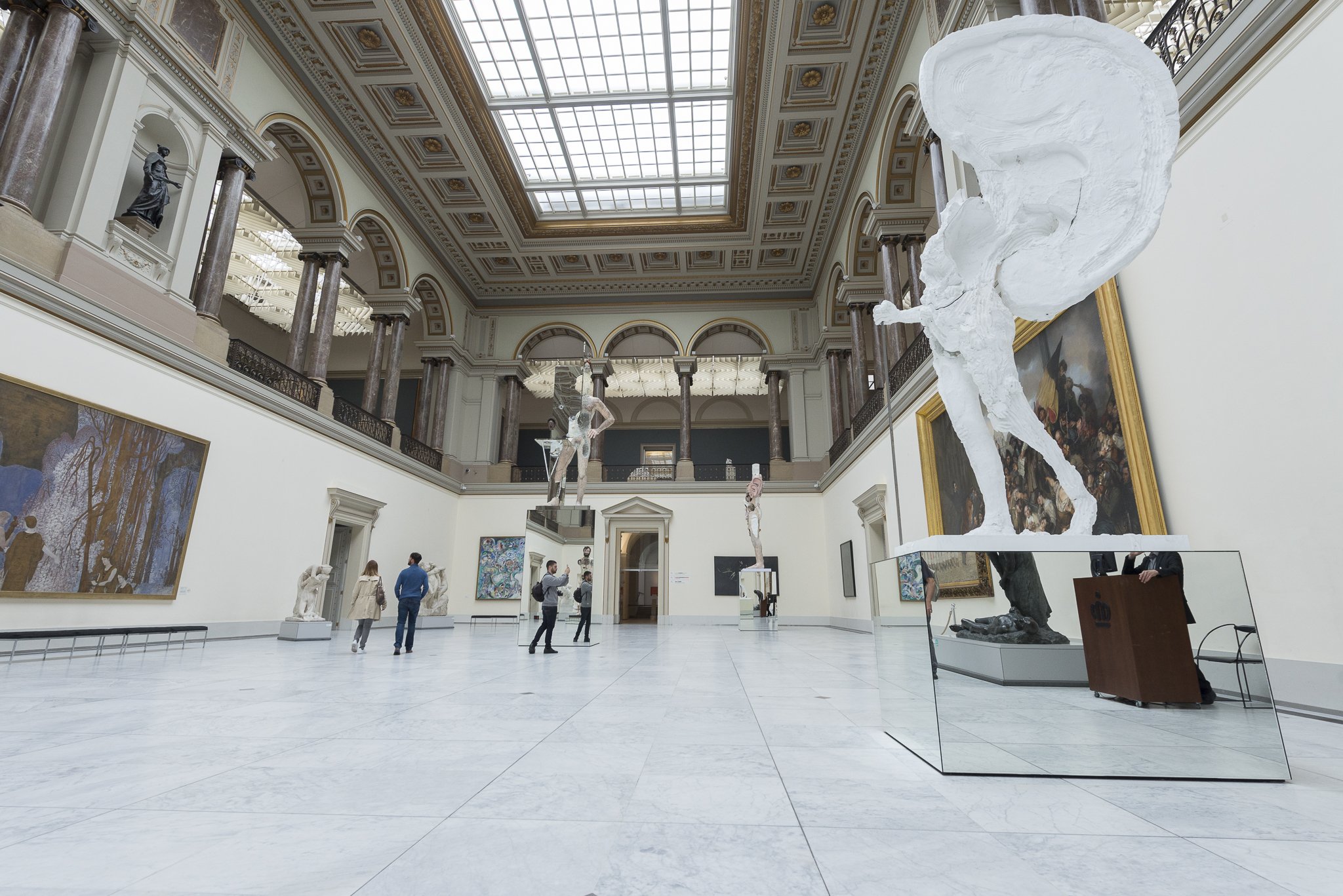



The Royal Museums of Fine Arts of Belgium (French: Musées royaux des Beaux-Arts de Belgique, Dutch: Koninklijke Musea voor Schone Kunsten van België) are among the leading museums in Belgium. They are located in the capital, Brussels, in the area called Coudenberg.

The museums consist of four different collections; two occupying the museum buildings (Museum of Ancient Art and Museum of Art), two located in other buildings.

The two independent museums, the Constantin Meunier Museum and the Antoine Wiertz Museum are smaller than the two main ones and dedicated in particular to Belgium.

The Museums host 20,000 paintings, drawings and sculptures from all over the world and from different historical periods from the 15th century to today. The museum boasts a collection of Flemish paintings, which includes works by Rogier van der Weyden, Pieter Bruegel the Elder, Robert Campin, Antoon van Dyck and Jacob Jordaens. An entire room is dedicated to Rubens, where twenty of the artist's masterpieces are exhibited. Another room is dedicated to Henri de Braekeleer, with twenty-three paintings.

It was none other than Napoleon Bonaparte who founded the museum, which, however, became a prestigious public cultural institution only with the independence of Belgium, enriched over the centuries thanks to private donations. The main nucleus of the collection is composed of the masterpieces of Hieronymus Bosch, Rogier van der Weyden, Petrus Christus, Dirk Bouts, Hans Memling, Lucas Cranach and Gerard David.

Six exceptional museums united under a single label: the Royal Museums of Fine Arts of Belgium (Royal Museum of Fine Arts of Belgium, often abbreviated to RMFAB). Of these, 10,000 are available online, but admiring them live in their elegant locations is a completely different emotion. This extraordinary museum complex is the flagship of the Belgian cultural scene and is an attraction not to be missed for all art lovers. You can admire the masterpieces of the great names of Northern European art, such as Magritte, Bruegel, Rubens, David, Rodin, Bacon, Khnopff, Moore, but also works by lesser known artists who have contributed to the evolution of art history. Each of the museums that make up the complex has its own history, its own objective and its own identity, but they all have in common a modern and well-kept layout and a vision of art as a precious heritage of humanity.
STATUE OF POU HAKANONONGA

The statue was donated by the people of Easter Island and the government of Chile following an expedition from the Royal Museum of Art and History (now the Museum of Art and History) in 1935.
It bears the name Pou Hakanononga, which loosely translates as "god of tuna fishermen".
The name is quite recent and is not linked to the original role of the statue, but to the cultural renaissance of Easter Island after the near-genocide of the 19th century.
This 6-ton, 273 cm colossus was carved from solid andesite seven centuries ago, according to radiocarbon dating of the coal that was found in the foundations of the stone base on which this statue once stood.
Easter Island statues represent deified ancestors or local deities.

Museum of Art and History of Belgium
Address: 10 Parc du Cinquantenaire, 1000
Phone: +32 2 741 73 31
Site:
https://www.artandhistory.museum/Location inserted by
giulia